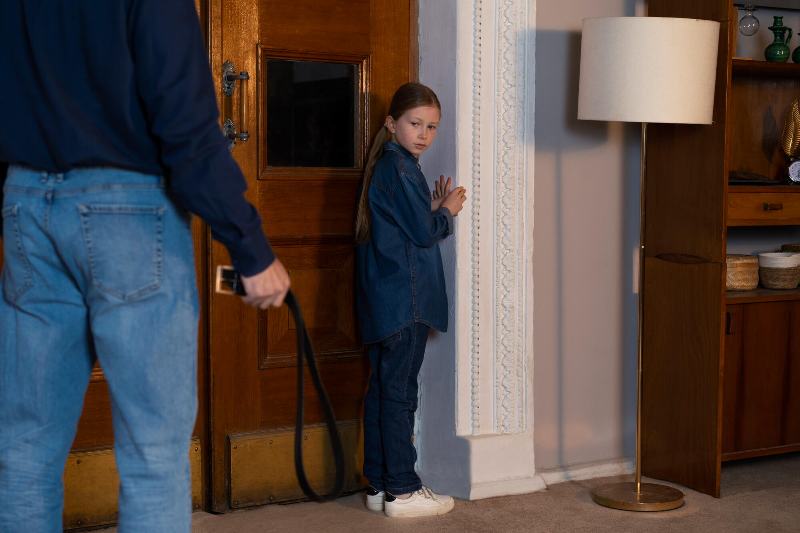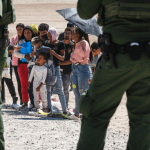
Child abuse is a social issue that turns a large number of children into sufferers. It is something that every person in society should be able to identify signs that could indicate a child in a life-endangering situation. This article will define child abuse and its various signs, go through a checklist of signs of child abuse, and also learn what to do if a child is suspected to have been abused.
What is Child Abuse?
Physical abuse of a child can be defined as when a person injures a child willfully. This can best be done by the adults and even the older children sometimes depending on the situation. Any individual below the age of 18 years is vulnerable to being a victim of child abuse. Most of the time it is the close one who abuses the child. It can even be a parent or a close family friend. This makes it so that the child cannot easily stand and fight for his or her needs to get availed.
Child abuse can happen in various forms including physical, sexual, and emotional abuse, neglect, and any other form of mistreatment that may harm a child. Again, it could be a situation where a child is abused in more than one way at the same time. Policies must be in place to realize that whatever form of abuse has a negative way of affecting a child’s health, well-being, and future.
Types of Child Abuse
1. Physical Abuse
Physical abuse is when a child is intentionally caused harm on the body. This could mean, for instance, the use of fists, feet, lighter, or inflicting on the child any treatment that is painful or causes harm. At times, those who mistreat the children state that they are just punishing the child. Although it is perfectly fine to punish someone, it is never okay to physically hurt a person in the process of disciplining them.
Signs of physical abuse might include:
– Unexplained swelling, redness or tenderness on the skin, Abnormal discharge from the wounds
– Broken bones
– Injuries that do not have a realistic explanation on how it occurred
– It can be seen that the child covers her face like she is afraid to go home
– The child pulls away or jerks their body when the parent tries to touch them
Related Posts
2. Sexual Abuse
Sexual abuse is defined as any touch or contact with the private parts of any child. No, this can never be right, no way at all. Forestry can entail direct fondling of the child or one making the child fondle other people or himself or herself. It can also involve actions that does not involve contact such as exposing a child to adult related pictures or video.
Signs of sexual abuse might include:
– It will be apparent that the child has a significantly heightened adult knowledge than the age appropriate.
– The child has soiled or wet its underclothes or its underpants are ripped, stained, or bloody.
– This signal is where the child complains of hurting or bleeding in their ‘secret area’.
– Some people elicit fear in the child when they are alone with them.
– In particular, the child begins to refuse to change their clothes in front of others
3. Emotional Abuse
Emotional abuse hurts a child’s feelings and self-esteem. This can happen when someone constantly yells at a child, calls them names, or makes them feel worthless. It can also include ignoring the child completely or not showing them any love or affection.
Signs of emotional abuse might include:
– The child acts much younger than their age
– The child seems overly anxious or worried
– The child is extremely well-behaved, not wanting to do anything wrong
– The child doesn’t seem to have a close relationship with their parent
– The child talks about hurting themselves
4. Neglect
Neglect happens when a child doesn’t get the basic things they need to be healthy and safe. This includes food, clean clothes, a safe place to live, education, and medical care. Neglect can be just as harmful as other types of abuse.
Signs of neglect might include:
– The child is often dirty or smells bad
– The child doesn’t have proper clothes for the weather
– The child is always hungry or talks about not having food at home
– The child often misses school
– The child doesn’t get medical care when they’re sick or hurt
What to Do If You Suspect Child Abuse
If you think a child is being abused, it’s very important to speak up. You don’t need to be sure that abuse is happening. It’s better to report your concerns and be wrong than to stay quiet and let a child continue to be hurt.
Here are the steps you can take:
1. If you think the child is in immediate danger, call the police right away.
2. You can report suspected abuse to your local child protective services agency.
3. You can also call the child helpline. They can give you advice and connect you with local resources.
4. If you’re a teacher, or doctor, or work in certain other jobs, you may be required by law to report suspected abuse.
Remember, when you report abuse, you don’t have to give your name. The most important thing is to speak up for children who may not be able to speak up for themselves.
Child abuse is a serious problem, but we can all help prevent it. By learning to recognize the signs of abuse and knowing how to report it, we can protect children and help keep them safe. Every child deserves to grow up in a safe, loving environment. If you see something that worries you, don’t hesitate to speak up. Your actions could make a big difference in a child’s life.









